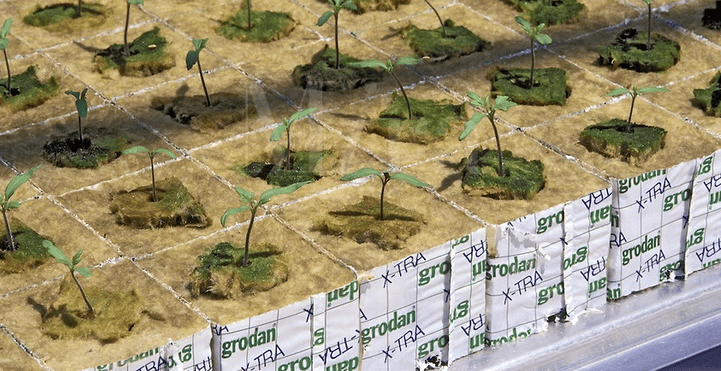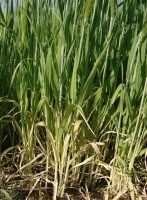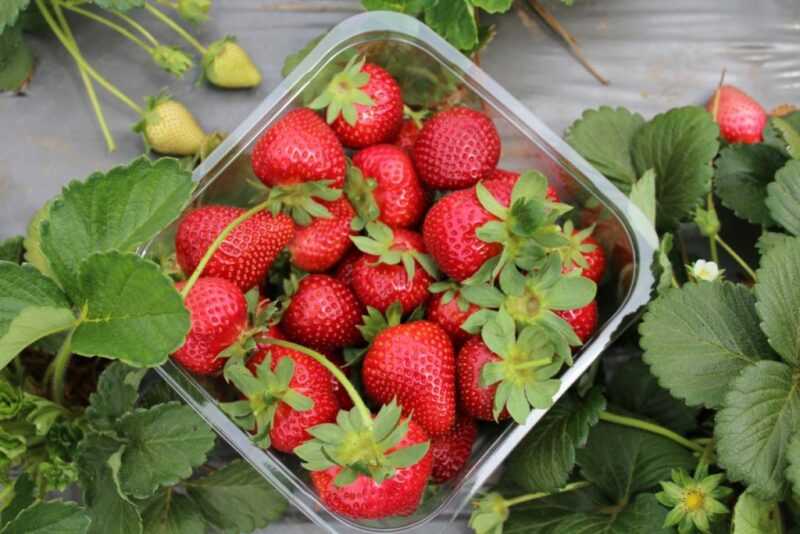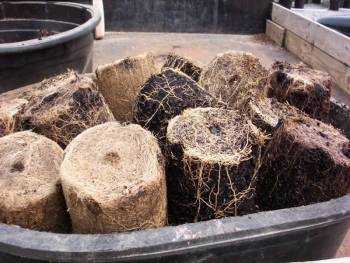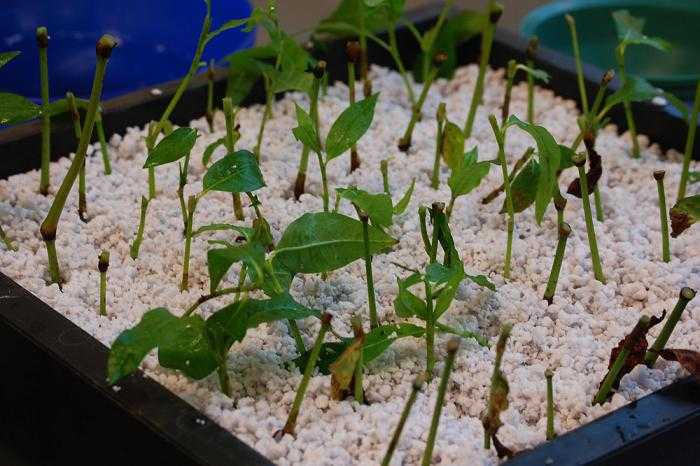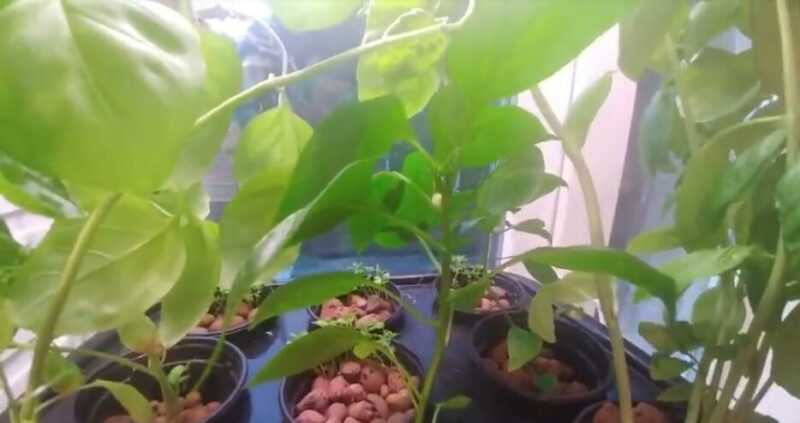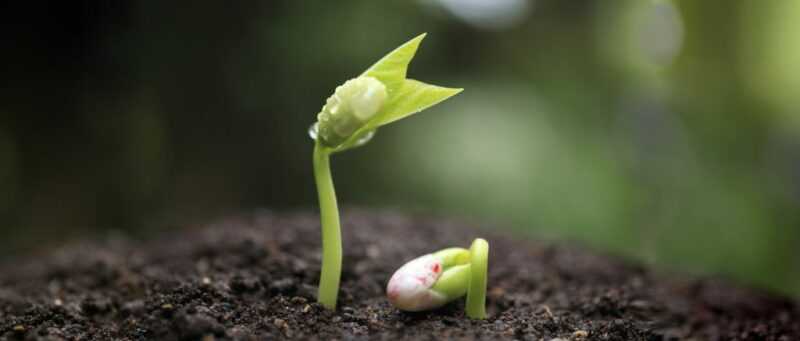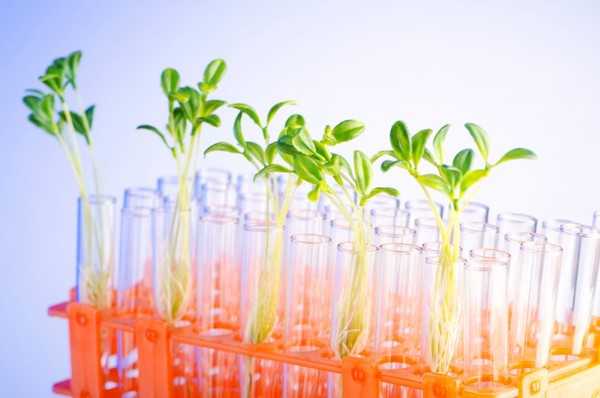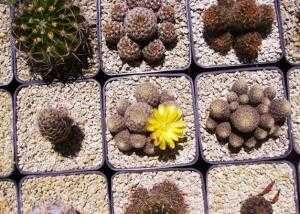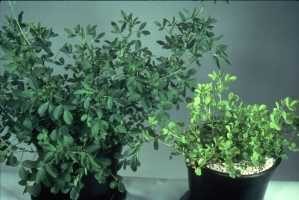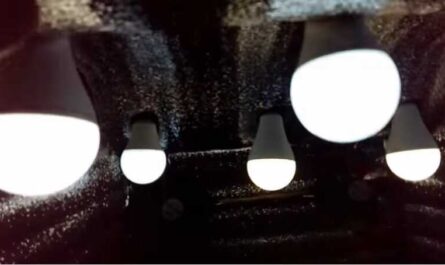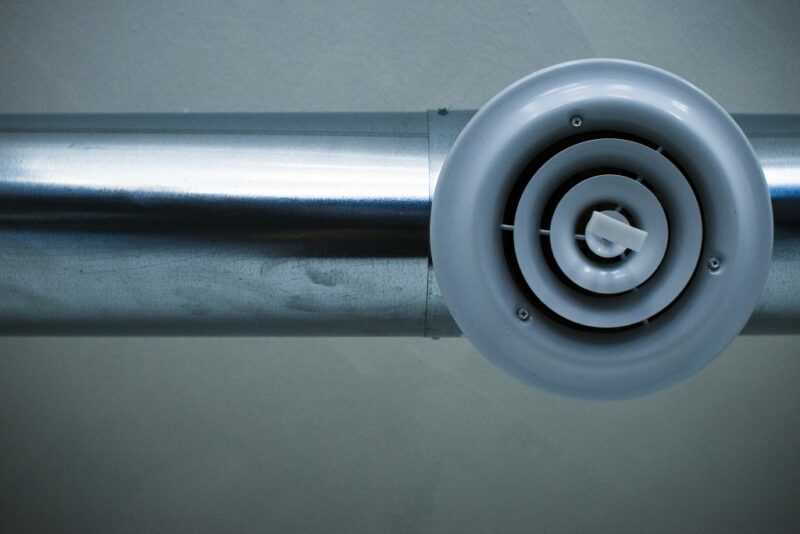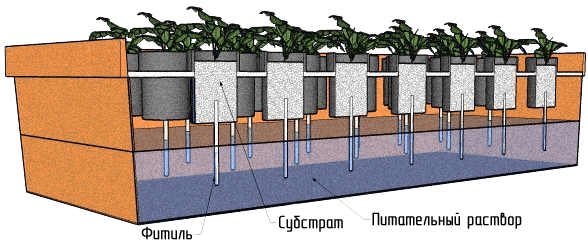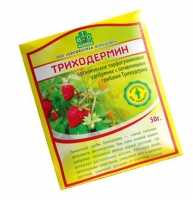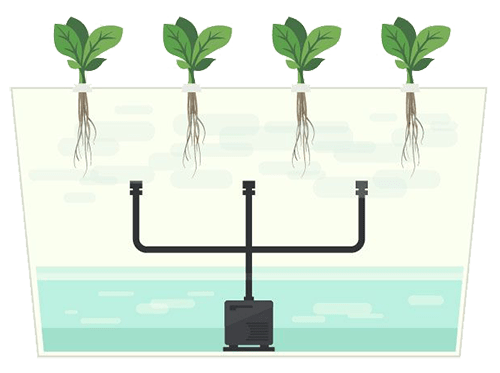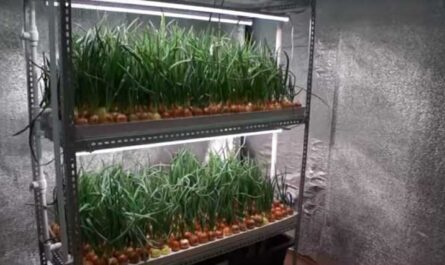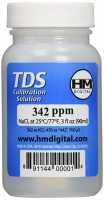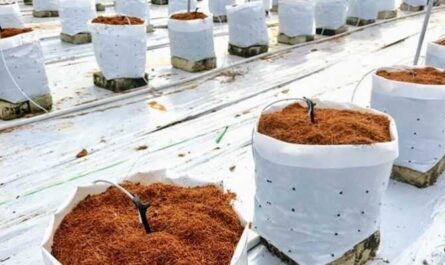Mineral wool (also called “stone”) – lightweight substrate with a maximum bulk density of 0,1 g / cm3 and a high volume of porosity (up to 98%); it is a mixture of three minerals (basalt, limestone and coke) fused at a high temperature (1600 ° C), with coke playing the role of fuel. In the molten state, fibers are twisted from the mixture. The resulting fibers are either shaped into slabs and cubes of all sizes, or they are used in the form of shapeless cotton wool.
Mineral wool is generally neutral in terms of interaction with the nutrient solution, although it contains many metals (iron, copper, zinc), which, under certain conditions, can be absorbed by plants. However, this causes a slight increase in pH. A special feature is that at pH 5 the mineral wool starts to dissolve.
Application
Mineral wool is the leading greenhouse substrate for flowers and fresh food. This is due to the fact that from a commercial point of view, it is the cheapest substrate.
Mineral wool has its drawbacks, and the most significant of them is that the water spreads unevenly over the cube or slab from top to bottom. During irrigation, the lower part (about 1 cm) is saturated with water, leaving almost no air (4%), and the upper part dries very quickly. In most cases, the moisture gradient in the substrate between irrigations jumps from saturated at the bottom to very dry at the top. The reason is the high water holding capacity and low water retention of mineral wool. For example, with a suction force of 5 kilopascals (very low pressure), water is almost not retained in a mineral wool substrate.
Due to the rapid drying of mineral wool on the surface, salts will precipitate on it if not washed off with fresh water. To avoid salt deposits, it should be watered more often. It is usually preferred to irrigate with a solution with low electrical conductivity in order to avoid salt deposition, but with the discharge of water (about 25% of the total volume), which goes into the sewer.
Mineral wool can be easily used in closed systems with an irrigation system adapted for this.
Cubes and mats
When growing plants with a very strong developed root system, the plant is grown in mineral wool in several stages. Young plants germinate and are kept in small mineral wool cubes for some period. When the root system develops sufficiently strongly, the cubes are placed on larger slabs – the so-called mats. The photo below illustrates a tomato plant and a developed root system when grown on rock wool. [2]
Reapplication

Literature
- William Texier. Hydroponics for everyone. All about home gardening. – M .: HydroScope, 2013 .– 296 p. – ISBN 978-2-84594-089-5.
- Practical Hydroponics & Greenhouses . October . 2016
